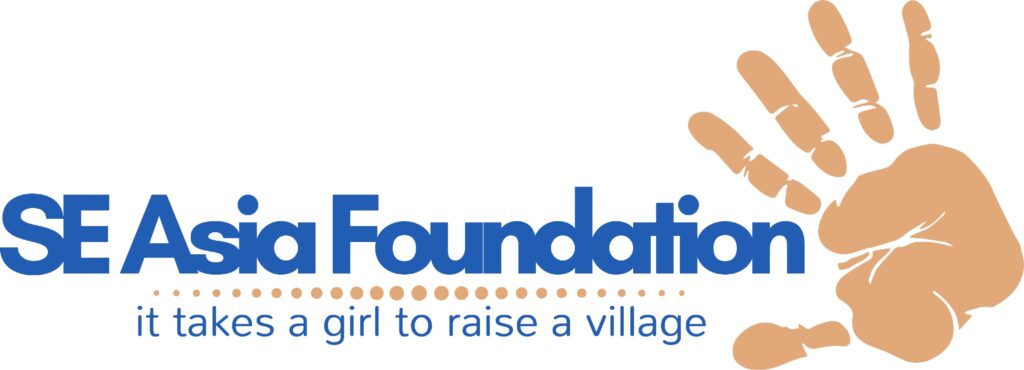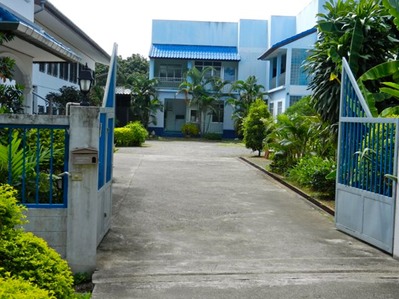
First stop in CR was to visit the Good Shepherd Sisters Girls Home an hour south, in the town of Phan. Sister Lena is still in charge there, but otherwise there has been turnover in the Sisters assigned to that location. One replacement, Sister Suwannee, is now on site. Another will be coming soon.
The school still is not full. That troubles me. What with the excellent living conditions and education they provide, and with the support of the local families and village leaders, this place should be full with a waiting list. Yet, they still have about 12 spots open in this 60 girl facility.
Sister Suwannee promises me that we will work together to get a more clear understanding about why that condition prevails and cooperate to develop some innovative changes (including listening to students, parents, and village leaders) to fill the school back to capacity.
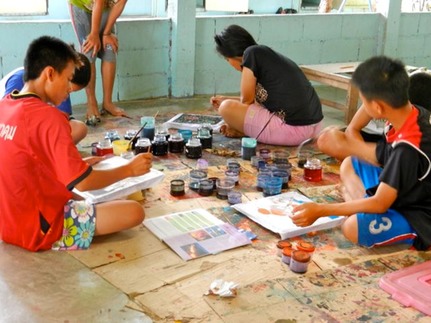
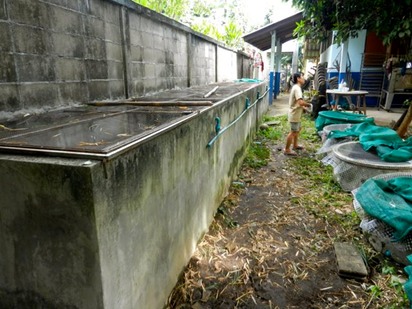
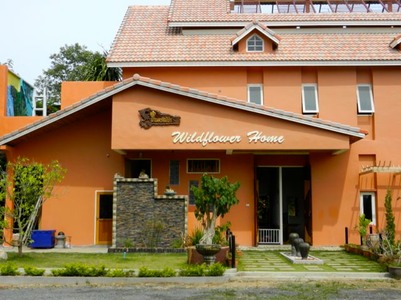
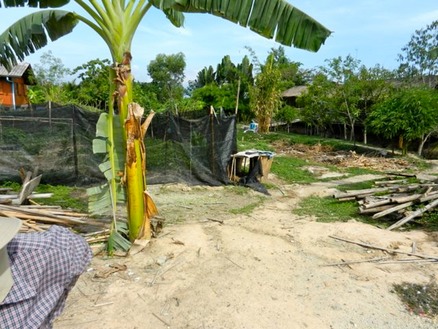
In many ways this is a real “blessing” for the Sisters to receive this gift. In some other ways, however, it is a bit of a “curse”. The “curse” I see is many incomplete infrastructure projects and many years of deferred maintenance. With no budget available to immediately address these issues they will have their hands full for a while. On the other hand, in terms of “blessings” they have a beautiful piece of property, in a good location near the town, some skilled carryover staff, several quite serviceable buildings, and the potential to generate a meaningful amount of self-sufficiency.
Currently they are caring for 10 at-risk mothers. At Wildflower they are able to provide these women (and their newborns) with safe living conditions, pre- and post-natal care, and training to enable them to move back into their communities with a life sustaining skill.
The Sisters also face a bit of a “scale issue”. Given the size of the facility, and the staff required to “keep it running”, the ratio of staff to resident women is quite high. With another building or two — or the reallocation of some existing space — they will be able to increase the number of residents and bring a better balance between the costs of operation and the value of the benefits provided to their constituencies.
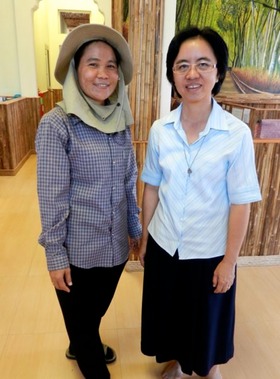
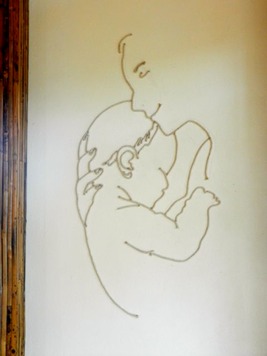
Another bit of good news is the assignment of Sisters to this new acquisition. Sister Supapawn seems to be a good administrator. And, Sister Siriporn is a “farm girl”. Born and raised in Isan she grew up on her family’s farm. So, it was really cool to see here “in her element” as we toured the grounds. I was truly impressed as she showed me her current activities raising pigs, chickens, ducks, and geese — along with the extensive gardens already started. And, her future plans are ambitious to say the least. I have every reason to believe she can pull this off.
I’m hoping we can find a time during my November trip to be back together so we can do some collaborative work on clarifying their mission, setting some priorities, and identifying up some long- and short-range action plans.
The following day, along with my friend Cheron Gelber, I paid one more visit to the Jom Thong orphanage. As compelling as the need is there I doubt that we’ll be able to continue with any meaningful support. There are several reasons for that.
First, and foremost, is the leader — Prem. After several conversations with him over nearly two years now, I simply fail to see any demonstration of leadership on his part. There is no doubt about him having a “good heart” (an important consideration in this Thai culture) but, beyond his immediate concern about feeding his 44 hill-tribe kids “today”, I see little else from him in terms of innovation, creative thinking, dedication, or a strong drive to improve conditions at this dismal orphanage. Nothing of any significance has changed in the nearly two years we’ve been visiting — and to a limited extent — funding and supporting his work.
Beyond all those concerns, I still have unanswered (and seemingly evaded) questions about the children. For example: How many of the children are truly orphans? Why are they in this particular orphanage which is so very far from their home villages which are nearer to Chiang Rai? What can be done to keep the kids in closer contact with their parents and their village cultures? What are the educational opportunities in their villages? Etc … etc … etc …
Prem finally agreed to submit his ideas about how he could move the orphanage towards a more sustainable posture. We’ll see what shows up, but I doubt it’ll be enough to alter my current thinking. There are just too many other compelling needs throughout Thailand and Cambodia where there is committed, motivated leadership to make important things happen once they get a little assistance. Time to move on.
In terms of moving on, later that afternoon, Cheron and I visited with Daniel Siegfried, founder and managing director of A Child’s Dream. childsdream.org Ten years ago, Daniel and his business partner, Marc, both Swiss bankers at the time, decided to step away from that life — at age 25!! — and do something more meaningful. So, they moved to Chiang Rai and started A Child’s Dream. Now well-funded with an annual budget of about $5.5 million, they are doing impressive work building the educational capabilities and capacities in many villages in Thailand, Laos, Cambodia, and Myanmar. We’ll be exploring ways to collaborate in the coming months.
From Chiang Mai I traveled on to Siem Reap, Cambodia . More on some amazing experiences there to follow.
Life is good … at least for some of us it is. Others need some help … and together we can provide that for them.
